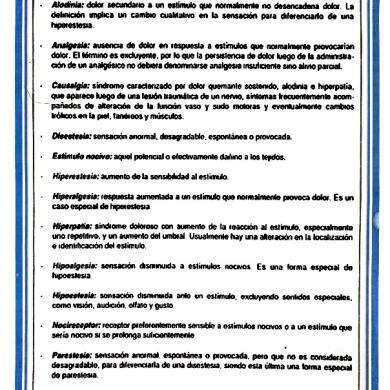
materials-12-00708 (2)
- Uploaded by: Krishna Mohan Chowdary
- Size: 6.8 MB
- Type: PDF
- Words: 11,157
- Pages: 19

* The preview only shows a few pages of manuals at random. You can get the complete content by filling out the form below.

SERGIO - 2.8 MB

Oscar Pablo - 152.4 KB

Ernie Durrett - 1.7 MB

Ernie Durrett - 1.5 MB

Brayan Wilson Ulin Tzep - 738.9 KB

Carlos Ferrer - 1.1 MB

José ReynaldoZv - 55.1 KB

Azul Garcia - 123.7 KB

Miguel Gomez - 634.7 KB

- 97.4 KB

FLAVIA APARECIDA CELES - 203.9 KB

Munie Aieda - 114.4 KB
© 2025 VDOCS.RO. Our members: VDOCS.TIPS [GLOBAL] | VDOCS.CZ [CZ] | VDOCS.MX [ES] | VDOCS.PL [PL] | VDOCS.RO [RO]